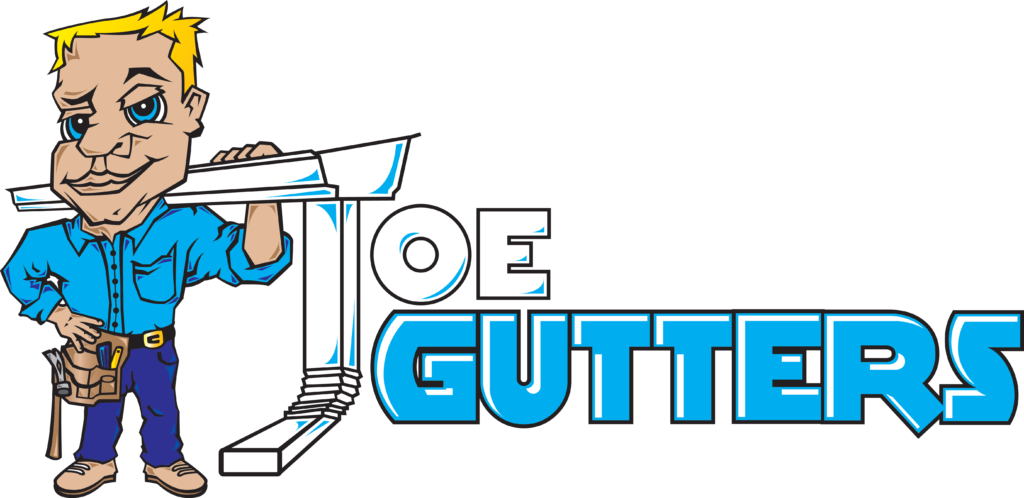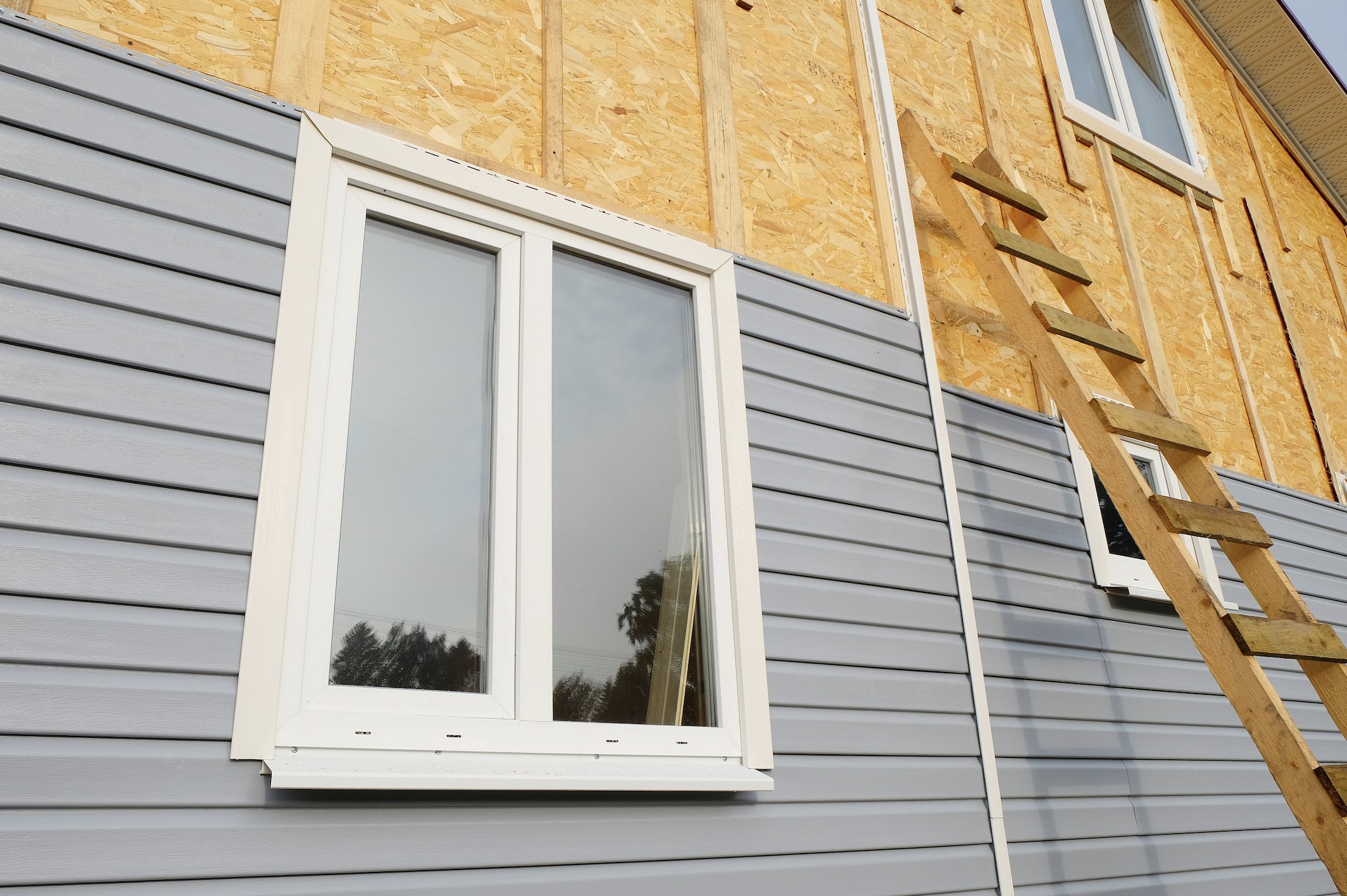There are several options available to builders when choosing siding for new homes or replacing old siding. Although the quality, cost, and workability differ, what influences the final decision is the project’s structural and weather-resistance needs and the builder’s budget.
However, choosing a siding type before starting the installation process is must. Although vinyl siding and hardboard siding are two of the most popular materials available, knowing about each will help you make an informed choice.
While both siding options offer excellent value, each has unique benefits.
Vinyl Siding
Vinyl siding is made from PVC, a rigid plastic material. Data from the U.S. Census Bureau shows that Vinyl, is the most popular siding material for the last 20 years. Professionals secure it to the exterior of your home in a way that enables it to expand and contract in response to changing temperatures.
Vinyl siding compliments most homes since it is elegant and comes in many styles. The material comes in variations that give it a board and batten, Dutch lap, or clapboard appearance. On top of that, its designs mimic the appearance of shingle or plank siding, which means whatever style you want to create, there is a good chance vinyl has it.
Pros and Cons of Vinyl Siding
Pros
- Vinyl siding has many color options. There is a good chance of finding the perfect colors to match your siding to a fence or even other painted object if you go with Vinyl.
- It is a good fit for many homes because it comes in many styles.
- It is less expensive than other types of siding, such as Hardie board and its installation cost is also low.
- Once installed, Vinyl requires low maintenance, so you won’t need to worry about repainting or re-caulking.
Cons
- Its thin material makes it vulnerable to damage.
- You cannot repaint it as it expands and contract in hot and cold weather. So, your only option is to replace it.
Hardboard Siding
Hardboard siding, also referred to as pressboard siding, is a type of synthetic siding. It is created by pressing and heating wood fibers, resins, and glue. It is a composite substance designed to feel and appear like real wood. Because of its low cost, this siding has been popular since the 1980s and was referred to as Masonite. But Masonite ceased production of their siding products almost two decades ago.
Even though Masonite stopped manufacturing siding products, builders and vendors use the brand name generically when referring to modern hardboard siding products.
Pros and Cons of Hardboard Siding
Pros
- It is less expensive compared to other sidings.
- You can paint it in almost any color.
- It is the easiest to install on homes with older Masonite or clapboard siding.
- It can resist the cracks and other surface issues typical with traditional wood.
Cons
- It requires higher maintenance because it needs to be primed and painted regularly to avoid moisture and insect infiltration that can lead to rotting and deterioration.
- It requires professional installation. Improper installation can aggravate deterioration.
Bottom Line
If you intend to live in your home for a long-time, a hardboard siding may be appropriate if your budget is slim. However, Vinyl siding may be your best option if you don’t know how long you’ll stay in your home or seek to upgrade on a tighter budget.

